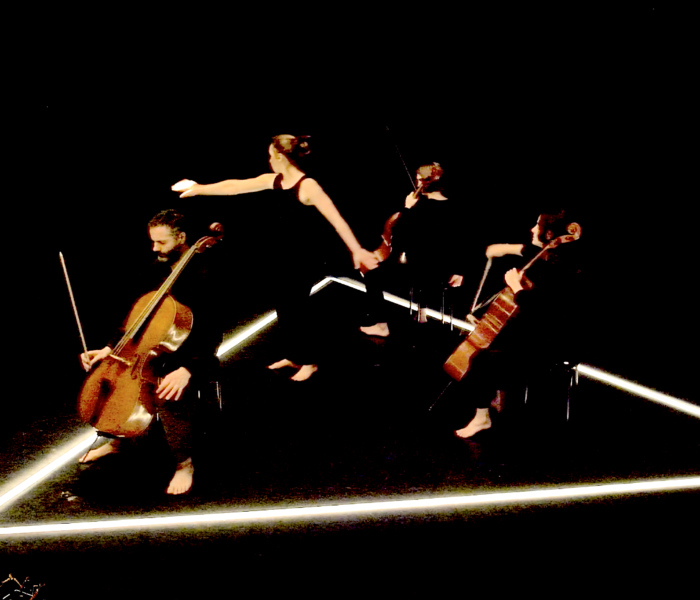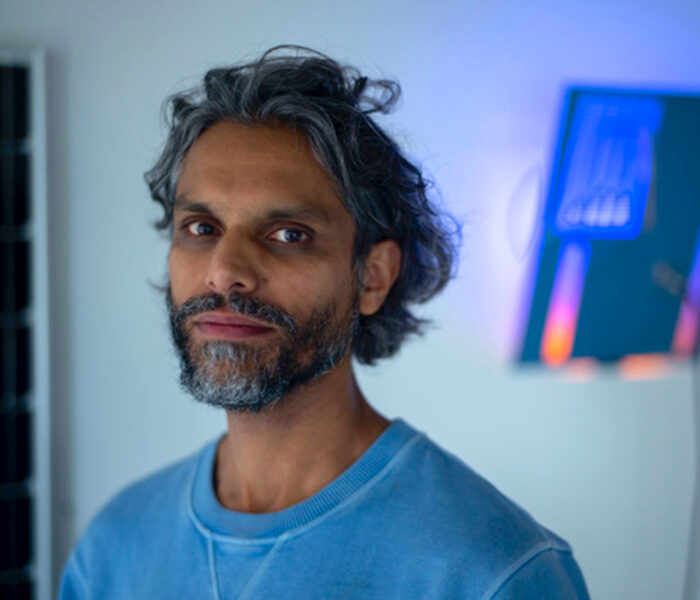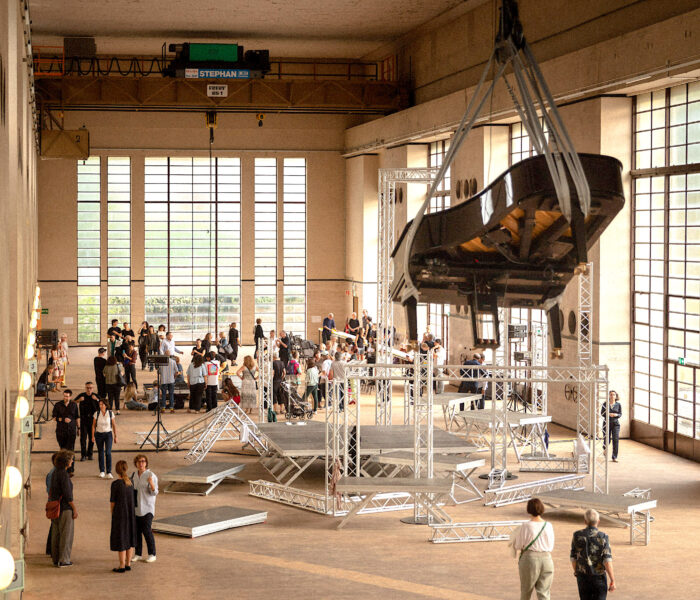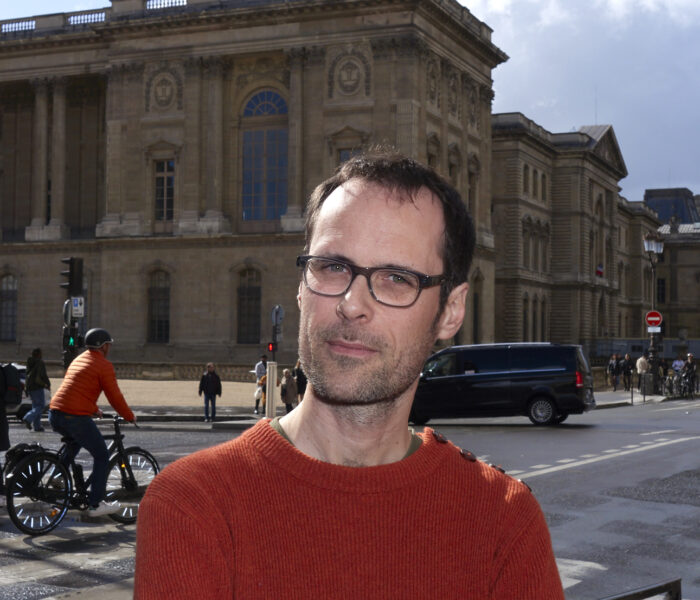Claire Frachebourg is an interdisciplinary artist. A recent graduate of EDHEA, the École de Design et Haute École d'Art de Sierre, which is organizing this first Sound Biennial, Claire Frachebourg trained in performance and improvisation in Germany. Curious to experiment, she pursues her research through residencies at GRM-INA in Paris, the Palp Festival in Bruson and QQM in Monthey. She creates and performs sound installations, oscillating between personal and collective practice. She presents Life Boat at La Centrale, in the heart of Valais, and Sorcièrexs with the ALS collective at Le Spot in Sion.
Claire FrachebourgThe question of location is central to your work. Do you have any favorite types of location?
I like to explore spaces that call to me without me knowing in advance why. These places are often tellurically charged. During my research work last year on the voice of the mountain , I became interested in caves and their pockets of air beneath the surface. The earth's crust is a sensitive membrane that moves and vibrates like an eardrum listening to magnetic flux. The places that interest me often belong to shadowy zones that are not yet mapped or are hidden, such as basements. What I call geographical rifts, in-betweens, are places of freedom for my ears.
To set these different zones in vibration is to reveal the small voices of these spaces by making contact with them. It's about communicating inside and outside, the inaudible and the audible. These sensitive spaces are cocoon-spaces, matrices of as yet unseen potential.

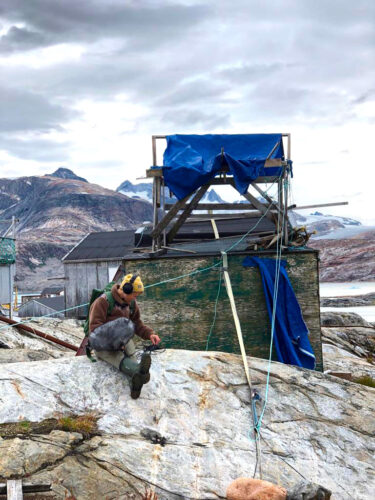

Claire Frachebourg, how do you use sound to reveal these places?
Revealing means listening to a place and finding the "voice" that inhabits it. It starts by becoming aware of the acoustic signature of these spaces. I like to interfere by amplifying an existing element, such as pipes or air vents. For Un lieu-dit, a performance installation I created for my diploma atEDHEA in 2021, I extended the manhole of the former Usego factory with a tube containing a loudspeaker membrane. Through its sounds, the architecture becomes a great musical instrument that will resonate in the city's basements as much as in the condensed space of the Rhône valley. I'm still very connected to the transverse flute, which I studied until I was 20. I still have a great affinity with tubes, their air circulation and the specific sound color that metal reflects.
Revealing also means being an amplifier by listening to living things on other scales. I discovered and deepened this in work I did in contact with ants. For me, they are the true queens of planet earth, who will survive long after the human species has. In their electric, phenomenal and pheromonal tingling, they possess an underground language connected with the rest of the living world. This fieldwork, field recording and writing led me to compose Exosquelette in 2021 at INA's GRM, a piece in octophony (currently playing at Galerie C in Neuchâtel until November 4). In this piece, the flute tries to respond to the ants by decoding their rhythms, while the modular synthesizers try to sense the electrical currents of their pheromones.
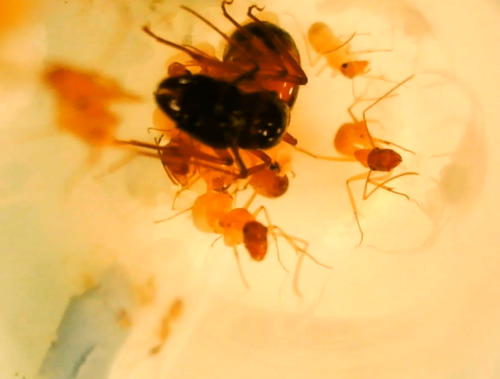
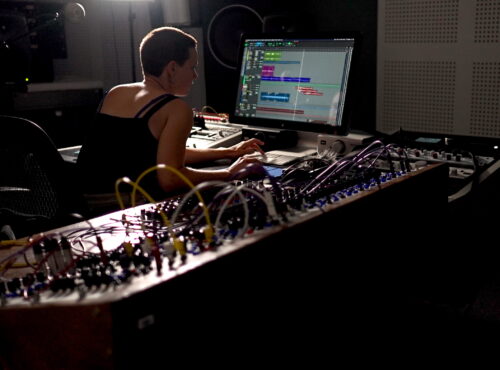
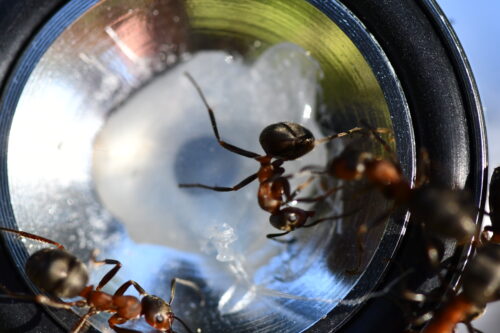
What kind of listening experience do you invite the viewer to?
I like sensorial, sensual installations that involve the body, asking visitors to listen and participate. For me, sound is an extension of touch. The experience of listening is like swimming in the sea and being caressed by the water. It places us in a space that is real and yet different. In 2022, at the Archipel festival in Geneva, I presented the installation Ce que le jour pèle. This installation captures the sounds of the festival and reproduces them in the hushed belly of the building. Entering the salle des veillées in the basement of the Maison Communale de Plainpalais, visitors become part of the composition, activating the sound and tactile membranes of the organic space of the architecture with their fingertips.
You're a member of several collectives, including A la Source: how does this feed into your work?
Sharing ideas and performing with others generates a multitude of potentialities that enable me to go beyond the single field of sound installation and develop my practice of "instant-composition". This has always been an exploratory crucible, forcing me to come out of "my caves". I'm currently performing in the play SorcyèreXs, at the Théâtre de Sion with the A la Source collective. It's a performative, immersive and ambulatory work: the audience meets characters who echo those who were condemned to the stake, embodying their own marginality. Each space visited is a sound installation in itself, and I mix the sources live each evening. Sound weaves the links between the performers. The theme of the matrix, which is dear to me, takes on a form embodied on stage by the sound that brings together and condenses the bodies. The performative and collective dimension enables me to place my relationship with sound within a broader, transdisciplinary approach. Nevertheless, these two approaches to my work, whether sound installation or performance, are mutually nourishing.
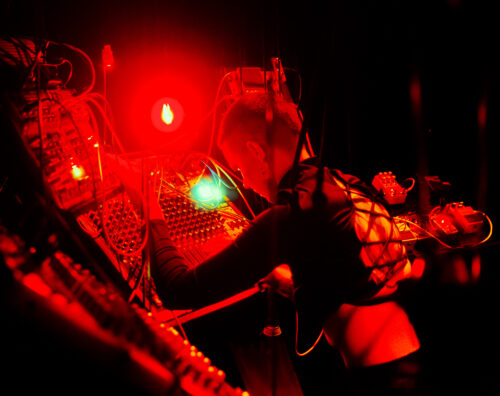
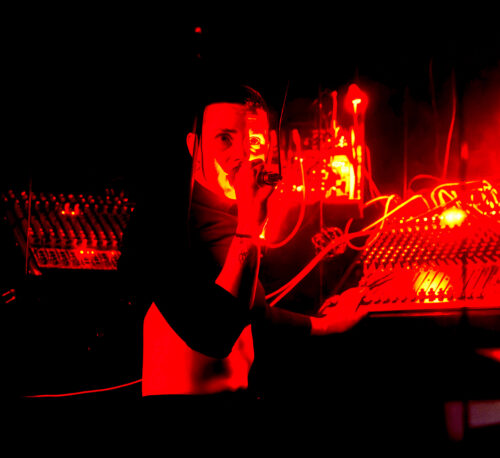
To conclude these interviews, I'd like to ask you the same question: What does this first Sound Biennial in Switzerland mean to you?
Listening is a political act for me, a constant search for new links, new ways of resonating with the changing landscape and the human and non-human beings who inhabit it. This biennial can open up a territory of listening beyond human boundaries, and that pleases me.
Interview by Anne-Laure Chamboissier
Photos © Pierre Daendiker
Photos © Jean-Baptiste Garcia
Photos © Julien Robyr
Photos © Gaspard Cretton



)
